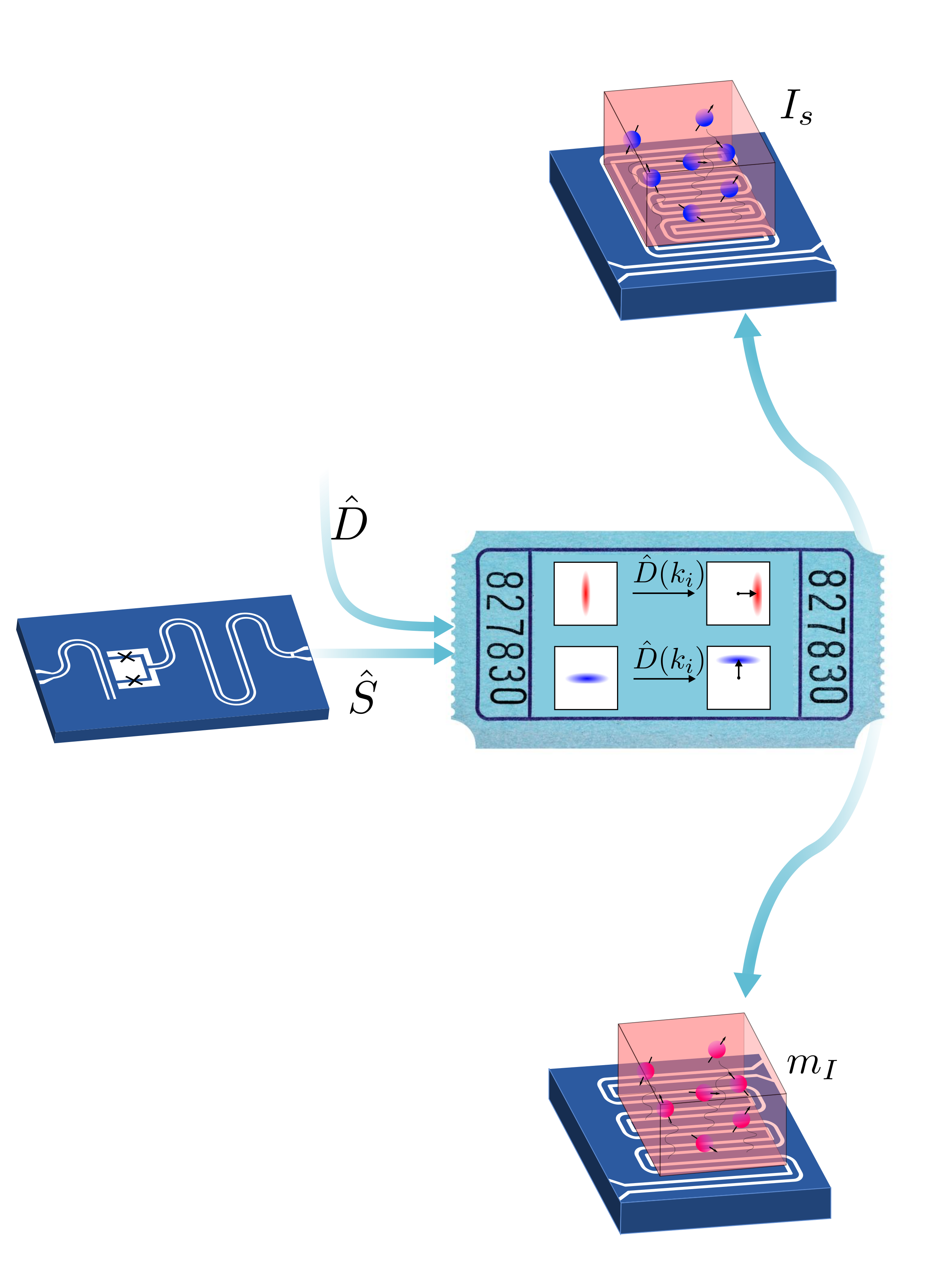Microwave Quantum Tokens in Electronic and Nuclear Spin Ensembles
Quantum communication is expected to become an important building block of the secure digital infrastructure in our future society. In quantum communication, the exchange of unconditionally secure cryptographic keys is based on fundamental physical laws. In addition to secure data transmission, quantum communication offers new possibilities for secure user authentication enabled by the concepts of quantum tokens. Analogous to today's common security tokens, such as bank cards, transponders or transaction numbers, quantum tokens can be used to validate various forms of communication, while being unconditionally secure against eavesdropping. In order to implement microwave quantum tokens it is required to develop several key building blocks: reliable routines and devices for their generation and long-lived scalable quantum memories for their storage. The aforementioned two tasks are central goals of the current project.
The core objective of this collaborative project is the realization, investigation and demonstration of quantum tokens (Q-tokens) in the microwave or GHz frequency range. The quantum tokens will be implemented in the form of quantum keys stored in quantum memories based on spin ensembles. In general, scalable and long-lived quantum memories represent one of the missing elements needed to build local microwave-based quantum networks. Quantum tokens in the form of propagating squeezed states represent a particularly important use case for such quantum networks.
To achieve our ambitious goals, we identify the following work packages which correspond to individual sub-projects within WMI:
- Experimental realization, characterization and optimization of Q-token generation using time and frequency multiplexing techniques (PI: Kirill Fedorov).
- Experimental realization, characterization and improvement of a rare-earth spin-based microwave quantum memory, including storage and retrieval of generated Q-tokens encoded in frequency domain (PI: Nadezhda Kukharchyk).
- Experimental realization, characterization and improvement of a microwave quantum memory based on phosphorous donors in silicon, including storage and retrieval of generated Q-tokens encoded in time-domain (PI: Hans Hübl).
The generation of Q-tokens in the GHz-frequency range can be achieved by exploiting displaced squeezed states. The latter are generated with the help of superconducting Josephson parametric amplifiers. The actual quantum memories are realized with spin ensembles having transition frequencies in the GHz range. They will be realized by two approaches: the storage of keys in (i) the rare-earth ion system 167Er:Y2SiO5, and (ii) in the isotopically-purified 28Si:P donor system coupled to a microwave resonator. These different spin systems have mutually exclusive advantages, and therefore, both will have useful applications in certain quantum communication scenarios.
Achieving our key goals will require a close coordination between the sub-projects by combining those into final joint experiments towards successful storage of microwave Q-Tokens in quantum spin memories.

